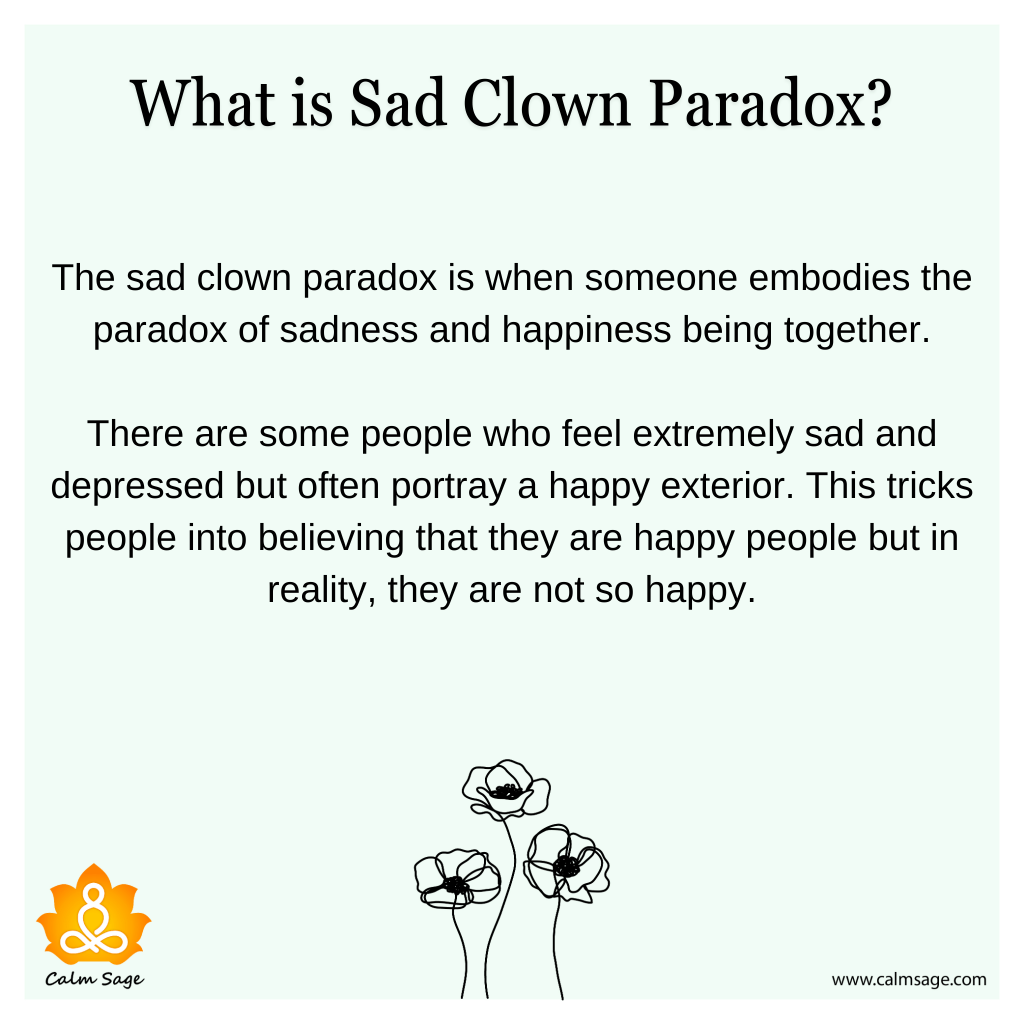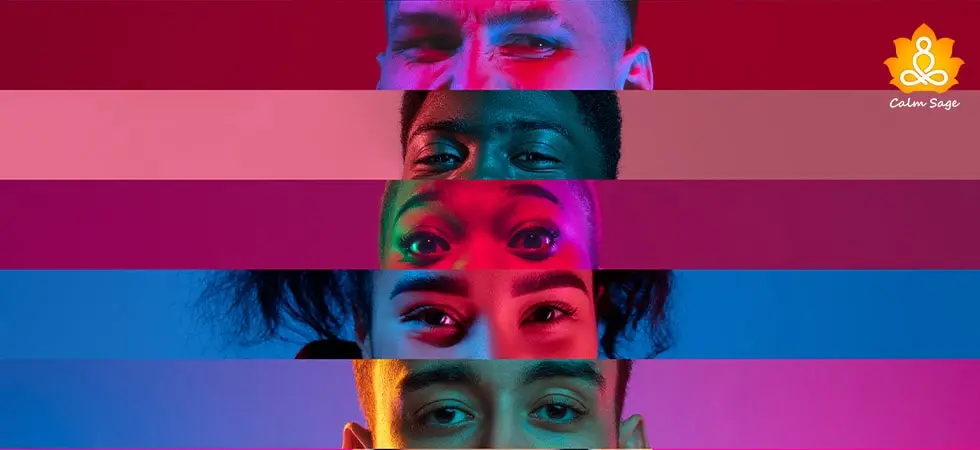Understanding The Sad Clown Paradox

Have you ever noticed the face of a clown? The way they paint their face, have you noticed something different? Clowns draw a smile on their faces. Why do you think they do that? They can simply wear a lip color and smile, why would they want to draw it on their face?
It is because of the sad clown paradox! There has been a set of research that showed a difference in happiness quotient among different genre actors. Interestingly it was observed that comedians were the saddest actors.
The sad clown paradox is an explanation for why some people who have been through a lot of testing times do not process their pain but simply use humor to cover it. Now, if you use humor as a defense mechanism, it can work but if you are hiding from your pain and faking happiness, things might soon go downhill for you.
Let’s understand the sad clown paradox in detail…
What Is The Sad Clown Paradox?
A paradox is the combination of two contradictory words which are used together, according to the English language. A clown is associated with happiness and laughter so when we say ‘sad clown’ it becomes a paradox.

However, the sad clown paradox is much more than a figure of speech. The sad clown paradox is when someone embodies the paradox of sadness and happiness being together. There are some people who feel extremely sad and depressed but often portray a happy exterior. This tricks people into believing that they are happy people but in reality, they are not so happy.
There are so many people who do not wish to share their sadness, sorrows, or pains with others. Perhaps they want an escape, they want to distract themselves from their emotions and feelings. A sad clown paradox is a combination of contradictory emotions existing in an individual.
Also read: 10 Personality Masks We Wear To Hide Our True Selves
History Of The Sad Clown Paradox
The sad clown paradox goes back to ancient Greek times. In those times tragedy was considered to be the best genre and it resonated with the audience the most. Therefore, even in comedy, they would add tragedy, hence a sad clown!
Soon it became a trend to use contradicting emotions in order to find more depth in characters. Moreover, it is not something that theater actions and directors just came up with. It was a reflection of the society.
There have been research and studies that have proven the existence of the sad clown paradox in our society. In those days mental health conditions were looked down upon, therefore, openly accepting that you are depressed was not possible. Perhaps that’s why people choose to mask their emotions rather than accept them.
Also Read: 10 Popular Myths About Depression BUSTED
Psychological Implications Of The Sad Clown Paradox
When the sad clown paradox became popular a lot of people started questioning the human psyche. People were intrigued and curious about emotional complexities. The sad clown paradox was a reflection of society therefore there were people who were putting on a smile when their hearts were sinking.
A lot of psychologists studied the sad clown paradox and found that a large proportion of society was actually a victim of the sad clown paradox. Mental health experts claim that the sad clown paradox is a result of emotional masking. People tend to hide their true emotions behind a facade.
The sad clown paradox implies that those people who bring joy to others’ lives are often struggling with their inner demons. Perhaps they are aware of the importance of happiness and that’s why they want to spread it around the world.
Also read: Reasons Why Happiness Must Be Every Day’s Choice: Let’s Sink In Happiness!
Some psychologists argue that clowns, through self-deprecating humor and exaggerated expressions, use comedy as a tool to mask their inner pain. They do that because the act of making others laugh distracts them from their own pain.
That’s All Folks!
The sad clown paradox encompasses a range of emotions, challenging the conventional perception of happiness and sadness. It not only talks about emotional masking but it also points towards the fact that empathy and active listening.
That’s all for today. I hope you found this blog about the sad clown paradox helpful, interesting, and thought-provoking. Do share this blog with your friends and family so that we can all understand the concept of the sad clown paradox.
Thanks for reading.
Take care and stay safe.




















